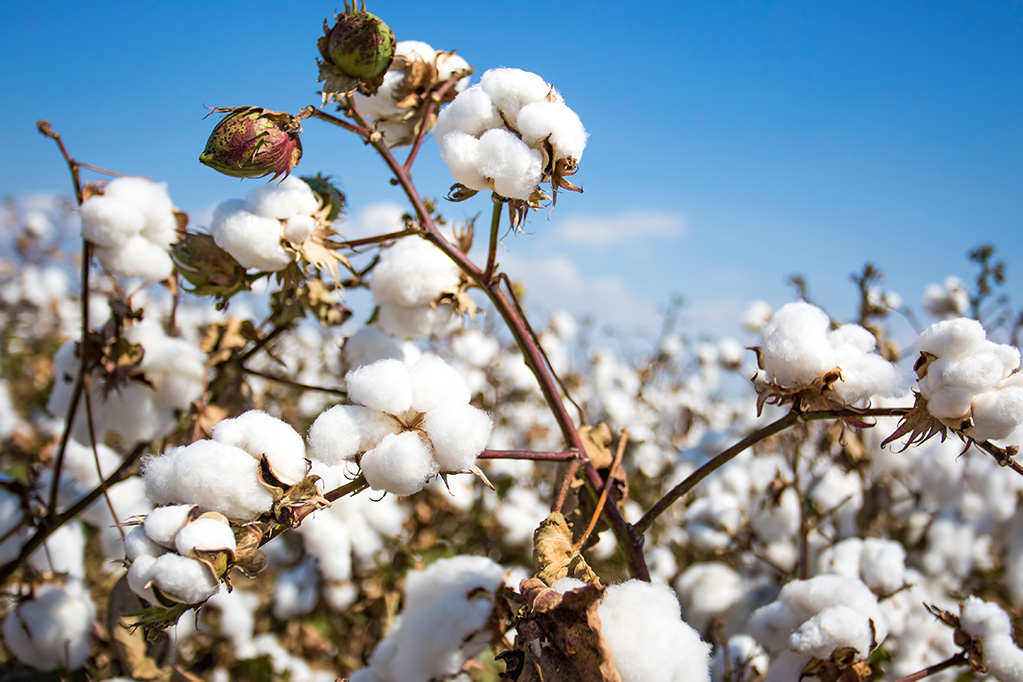The cotton prices are presenting a very volatile picture. The volatility in cotton and cotton yarn prices, which were already causing a streak of concern since last year, has now started taking a toll on the garments industry in India, which was just gearing up to cash in on exports following the demand dip for Chinese exports, driven by lockdown in China. Prices of Shankar-6 cotton, a benchmark for exports and widely used variety, are all set to touch Rs 1,00,000 per candy mark now. The price of Shankar-6 cotton was quoted at over Rs 90,000 per candy, up 96 per cent compared to around Rs 46,000 per candy in January 2021. There has been a consistent spike in cotton prices every fortnight. Several orders too got cancelled in the interim due to the high prices. And many business commitments were derailed as the steep price hike put an undue stop on original manufacturing plans and timelines.
Let’s understand why the prices have been on a rise
The cotton and cotton yarn prices have reached that steep mark in India and in overseas markets since last year. We can safely say that the huge shortage of yarn globally, the capacities shrinking and acute power and labour shortages in geographies where there is good quality spinning capacity has clubbed to give rise to this overwhelming pricing change.
Initially, the cotton prices remained very low over the two cotton seasons. This brought down the cotton grown across the globe, except in India. When this was already happening in the macro-scope of things, in India the Government in the last year announced various schemes to improve inclusive growth. One among them was a 40 percent increase in support price for cotton. This made cotton farming a very profitable operation. Added to this as cotton export is easy and openly allowed, so the domestic cotton prices follow the international prices very closely. Cotton accounts for 65-70 percent of the yarn cost and a 35 percent increase means a 20 percent increase in yarn prices.
As per the latest reports fetched at the beginning of April, Local cotton prices have exceeded global rates by as much as Rs 1,500-2,000 per quintal.
How does this translate into creating an impact on the industry?
Further, the Yarn manufacturers and garment units fear the outlook of losing their shares in export markets, where they made rapid strides in FY22. Experts analysing the situation closely have informed that scores of export orders have either been cancelled by western buyers or been diverted to India’s competitors like Bangladesh, Vietnam, China and Pakistan in recent months after the steady hike in cotton prices forced domestic players to try and renegotiate deals.
The high price is actually putting a shadow of gloom on the industry as a whole and is lowering its growth, which it was trying to lap given the post-pandemic push. Piggybacking on the demand and the favourable world economic conditions, India had shipped out textiles, garments, and allied products worth almost $40 billion in FY22. However, the growth is bound to slow down given the cotton price hike.
It is a tough situation at play
The industry in every segment has been hit very badly owing to the rising price hike and not only the manufacturing segment, but the power looms, texturizers, hosiery units and dyestuff manufacturers across the country are also being forced to suspend or cut their operations. This is after the spinning mills and large garment clusters have frozen production owing to the disparity in output prices in the domestic and export markets, which are barely in sync with the inflated cost of cotton. As a result of rising cotton and cotton yarn prices, there has been a significant drop in employment. Consequently, there have been many jobless in the cotton industry.
Further, to discuss the plight of the industry a meeting with commerce and textile minister Piyush Goyal was held on April 4, which saw a delegation of top executives representing the textiles and garment sector. The delegation especially met with the Minister to seek abolition of the 11% import duty on cotton to tide over the acute raw material shortage. In a big breather, the government has decided to remove the duty and it comes as a relief after almost 6-7 months.
But even though it is a partial relief the prices are still high. This is a serious situation at hand and the recovery will come through rectification and positive changes. As per the industry evaluation, what is more, alarming is the unequal distribution of pricing. Cotton prices have been rising because of a combination of factors involving supply shortage and a rise in demand. This clubbed with excess rain in cotton-growing areas has affected output in India, the world’s leading producer of the commodity. While post-COVID revenge buying caused a rise in demand, it was not enough to bring down the cotton prices.
The rate of increase in cotton yarn prices in key global markets – from Rs 280 per kg in early February to Rs 370 per kg now – has been less steep than the rise in domestic cotton prices. The domestic market price hike as compared to the consumption is leaving a lot of gaps within the industry and is leading to a big dip. In the domestic market, the vicious cycle caused by price hikes is flowing a negative effect from spinners to weavers to garment manufacturers and further back to the grassroots level, creating a lot of extra stock to just lie down in the backend, without any positive consumption.
Logistics issues are further adding to the cotton and cotton yarn price disparity and exporters of yarn are also facing issues of increase in freight charges as well as non-availability of shipping containers due to the ongoing Russia-Ukraine war. However, now with the duty removal, prominent industry bodies are hopeful that it will bring stability to the cotton prices and would bring stability to prices and shoot activity in the entire textile chain — yarn, fabric, garments and made-ups. The exemption is particularly eyed to be helpful for MSMEs in the sector as they are already facing stiff competition from other countries.




